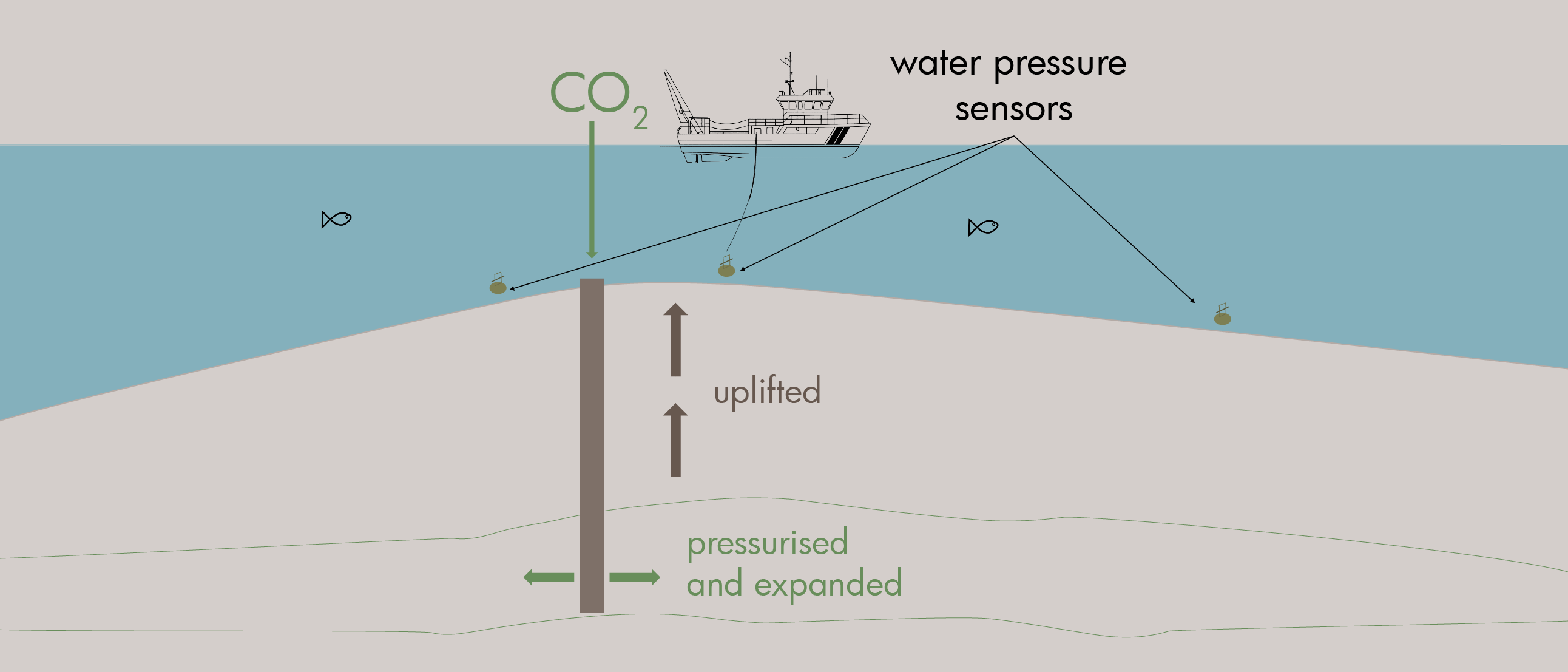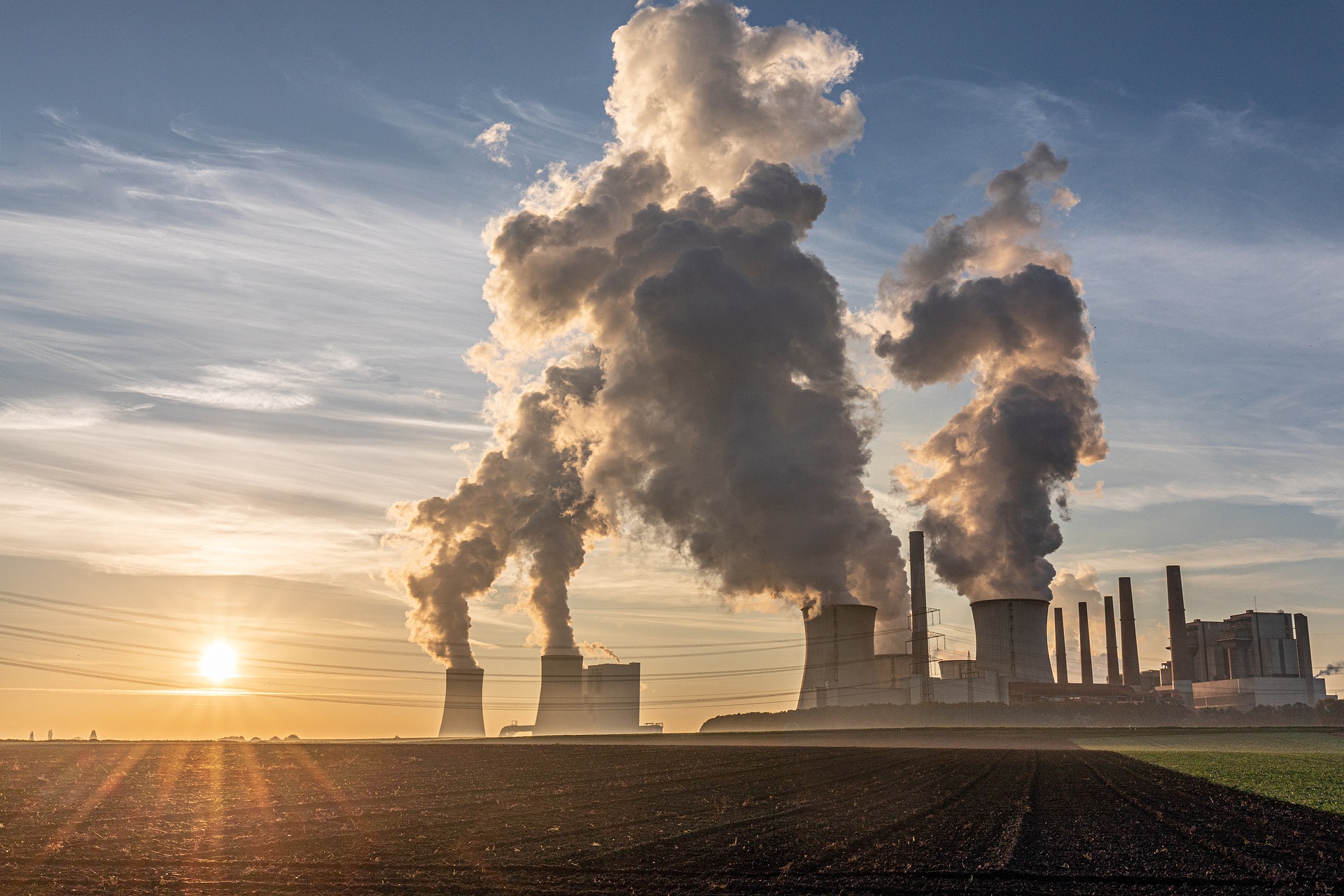London, Thursday 14 December, GESGB CCS Symposium.
I must admit that I’m getting a bit tired of the ongoing CO2 storage discussions. Why? Because I feel that we keep on talking to each other at conferences while progress to make it happen is slow, especially in the UK. I have little doubt that people have the best intentions, but when Hamish Wilson from Azuli International said that his company failed to raise any capital for CCS projects in the UK this year, it is a sign that something is not working.
Simon Shoulders from bp gave a good talk about all the risks related to legacy wells and the need to carry out pre-mortems, but at the same time I realised that he was representing one of the largest operators in the UK that has yet to inject its first CO2 in the UKCS.
Storegga’s predecessor CO2 Deep Store was set up in 2007, but Fiona Sutherland said that first injection of CO2 is only foreseen in the years post-2030. That is a long a wait in my books. It cannot be very motivating for the people working at the company either. I would also prefer to see some more detailed plans about the nuts and bolts to make it happen in about 7 years, rather than a run-through of the differences in legislation for each country Storegga is now operating in.
OK, a few tonnes of CO2 were injected into Nini West in Denmark this year. But the field is tiny, and even when full-scale injection takes place, it is not going to make a significant dent.
Pressures
During the Q&A following Michael Larsen’s talk on Nini West, John Marshall asked for some more information about pressures before and after CO2 injection. Michael said that because the oil field had seen water injection from the start, pre-CO2 injection pressures were still close to virgin in the reservoir, which helped injecting the CO2. He then said that pressures during injection rose from 220 to 260 bar, even though these quickly dissipated following cessation of injection. However, with the fracture pressure of the overburden being 280 bar, one can wonder how much the expected rise in near-wellbore pressure will be once injection will take place at full scale…
Going big
In contrast to Nini West, the Leman gas field in UK waters is big – and could therefore form a candidate for large scale CO2 disposal. Marta Puig Alenyà from Perenco gave an overview of the Poseidon project covering Leman field and the Triassic Bunter store in the overburden. And she said something that surprised me – even when it should not have surprised me. According to Marta, the integrity of the wells they had so far looked at in Leman seemed ok, but that was not so much the case for the overlying Bunter reservoir. Indeed, no surprise, because the Bunter interval is of course lacking the plugs that are present at the top of the Rotliegend gas reservoir. It is not good news for the Bunter store as a potential injection candidate – legacy wells form the highest risk for CO2 storage projects, as a representative of the licensing authorities reiterated to me later. Does this mean that a project such as Poseidon runs the risk of not progressing to full scale injection even though the licence was granted? I sometimes fear that is the case.
Again, pressures
In contrast to Nini West, which has not seen significant pressure depletion, Leman certainly has. Marta Puig Alenyà told the audience that pressures of 11 bar are common in the reservoir at around 3 km depth. As we wrote before, this will have implications for the injectivity of CO2 – at such low pressures it is not possible to inject supercritical fluids. I asked if it would be an option to inject water into the reservoir first to pressure up the field. After all, this would not take a lot of energy. But Perenco does not have plans to do this when asked.
Maybe it is too easy to be sceptical. The geoscientific community can continue talking about risks and well integrity and seal integrity and whatever, but let us not forget that the subsurface is not the biggest showstopper. If we were so serious about mitigating climate change, let’s get going with a few projects – big ones please. Maybe society needs to accept that some leakage of CO2 will occur following injection. Is it a disaster? Maybe not; how many people live on the sea floor? How toxic is a bit of CO2? That is something geoscientists should articulate better. And let’s not forget what Stuart Haszeldine said – CO2 dissolves rapidly in brines – so as the leaked CO2 moves up through the subsurface quite a lot of it will still be trapped.
The biggest showstoppers are a combination of public perception and money. It will need to be sorted out. And it is possible. As Phil Ringrose said – it only takes drilling of 12,000 wells up to 2050 to achieve the overall storage goals. If one realizes that the oil and gas industry drills 43,000 wells per year it certainly seems doable. Geoscientists need to communicate that better, rather than keeping telling their peers at conferences that we need to focus on pre-mortems.





